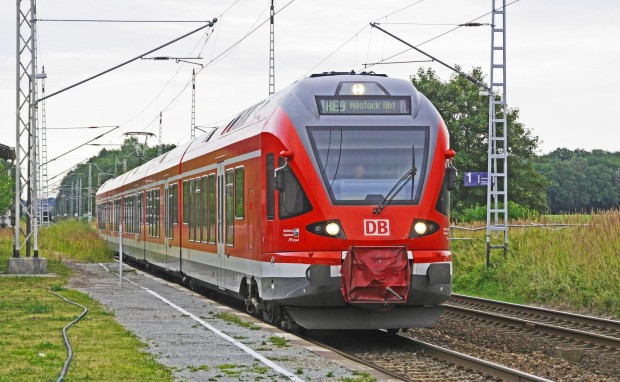The UAE and Oman have initiated the Hafeet Rail project, a 303-kilometer railway line between Abu Dhabi and Sohar aimed at improving transportation and reducing travel time. The project, which will use advanced train technologies and extensive infrastructure, including tunnels and bridges, is expected to improve transportation, tourist, and commercial links between the two countries.

(Photo : Pexels/Pixabay )
Hafeet Rail Project
At the end of April 2024, the United Arab Emirates signed an agreement to construct Hafeet Rail, a 303-kilometer railway line. The initiative began on Friday, May 10, when Etihad Rail, Oman Rail, and Mubadala Investment Company signed a shareholder agreement. During the official signing ceremony, they also revealed the new corporate identity for their joint venture. This construction project, formerly called Oman-Etihad Rail Company, has been redesignated as Hafeet Rail.
It will reportedly run from Abu Dhabi to Sohar, including a stop in Al Ain at the midway point. In addition to passing beside the well-known Jebel Hafeet, the train network will wind its way across a wide variety of terrain, including valleys and mountains. Once operational, the distance between Sohar and Abu Dhabi will be reduced by 100 minutes.
As mentioned, the objective of the project is to establish a transportation corridor that is both dependable and effective for the movement of both passenger and freight traffic. Trains carrying passengers will be able to move at speeds of up to 200 kilometers per hour, drastically reducing journey time and improving passenger comfort. Moreover, an Egyptian company, Hassan Allam Construction, and Siemens allied to enter into a contract to install sophisticated European train control, communication, and power supply systems along the track.
Introducing Hafeet Rail has reportedly reached a new step in integrating transportation between the United Arab Emirates and Oman. This new stage offers new prospects in terms of economics and society, as well as facilitating trade and boosting tourism. If transportation accessibility is improved, the region will experience a reduction in prices and an increase in the efficiency of its logistics.
Also Read: Advantages of Using High-Visibility Clothes in Construction Sites
Preparatory Work on the Train
According to an announcement by Hafeet Rail, the transformational railway link between the United Arab Emirates and the Sultanate of Oman is currently undergoing quick preparatory work. At the time of this announcement, essential officials, executive management teams from Asyad and Hafeet Rail, and consultants and contractors working on the project were present at the site visit.
Throughout the visit, an introduction was given to the most critical stops at the passenger, repair, and cargo stations, as well as the most important bridges and tunnels. The ceremony highlighted the significant role that the venture plays in promoting local and regional trade, opening up new prospects in the infrastructure, transportation, and logistics sectors, fostering economic diversification, and enhancing bilateral relations between the two countries, respectively.
Furthermore, after providing an in-depth understanding of the project, the Hafeet Rail team explained that it will involve the construction of sixty bridges, some of which will be as tall as 34 meters, and tunnels that will reach two and a half kilometers. The most recent rail technologies and innovative engineering solutions developed to handle challenging geographical topography and weather conditions were also displayed at the gathering. These protocols guarantee optimal levels of safety and efficiency by globally recognized benchmarks and recommended methodologies.
Related Article: Next-Generation Subsea Construction Vessel to Lead Offshore Development with Net Zero Emissions







